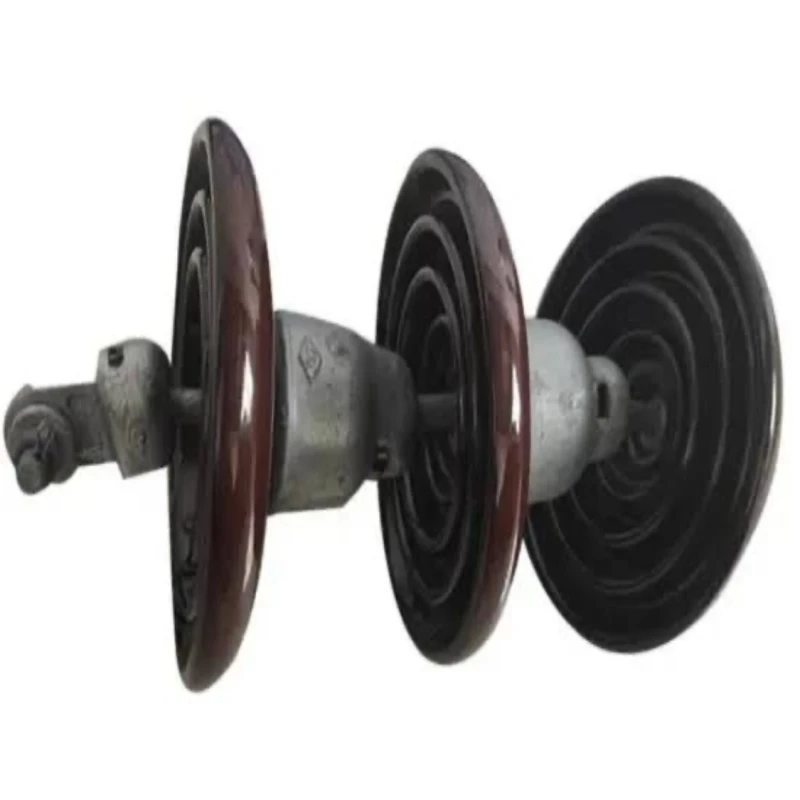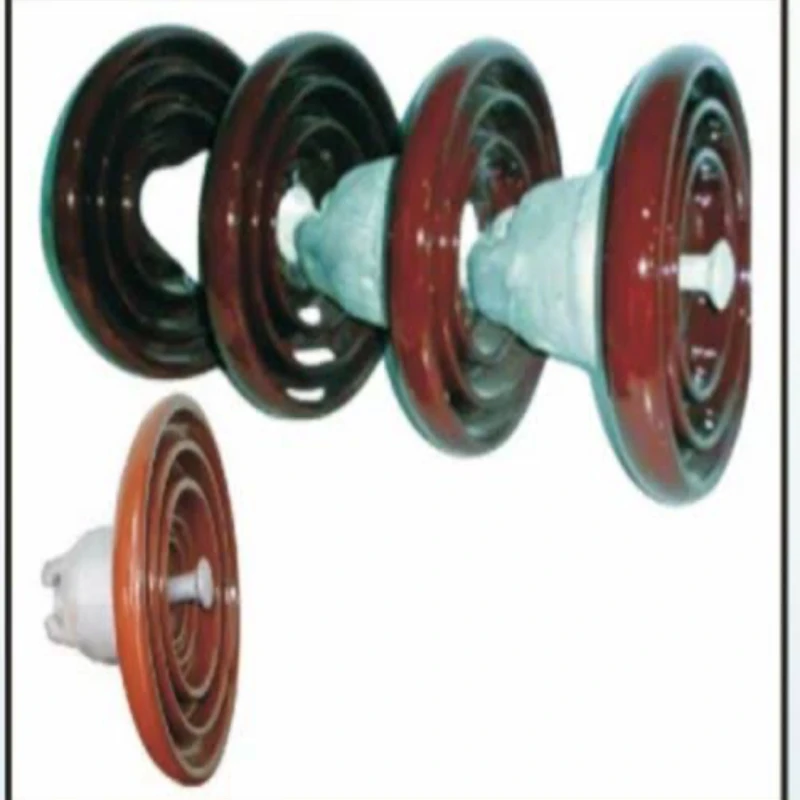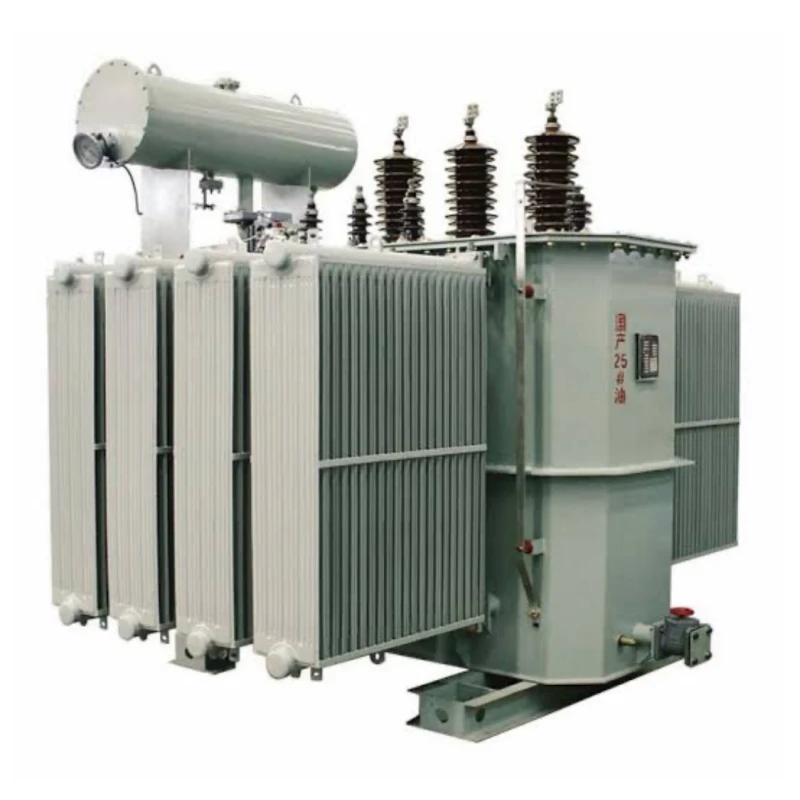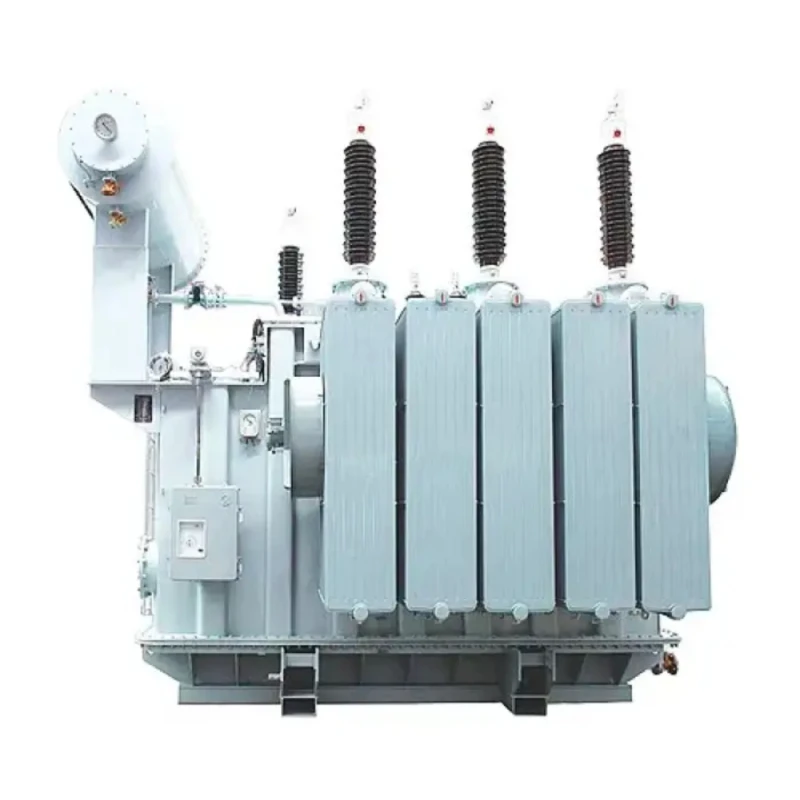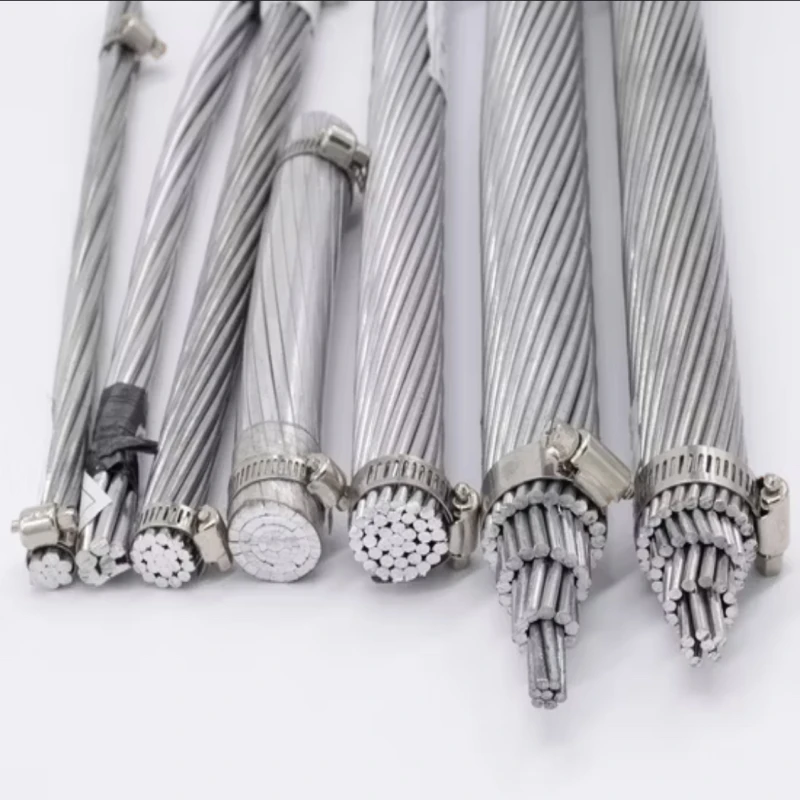-
Disc-shaped units, stacked and connected in series to achieve the desired insulation level.
-
Commonly made of porcelain, toughened glass, or composite materials like silicone rubber.
-
Consist of a disc, a metal cap, and a metal pin or bolt for connection.
-
Provide both mechanical support and electrical insulation for overhead power lines.
-
Can be categorized as suspension insulators (used for straight runs of lines) or strain insulators (used at the ends of lines or where there are changes in direction).
-
Support conductors, insulate them from towers or poles, and prevent leakage currents, ensuring safe operation of the power system.
-
The shape increases the distance along the insulator's surface that electricity must travel to jump to the grounded structure, improving insulation performance, especially in polluted environments.
-
The design allows for better shedding of water and reduces the accumulation of dirt and pollutants, minimizing the risk of flashover.
-
The disc shape and material selection allow the insulator to withstand the weight of the conductors and the tension of the lines.

 APPLIANCES
APPLIANCES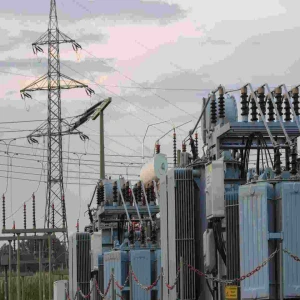 ELECTRIC AND POWER
ELECTRIC AND POWER ELECTRONICS
ELECTRONICS FOOD
FOOD GADGETS
GADGETS KITCHEN
KITCHEN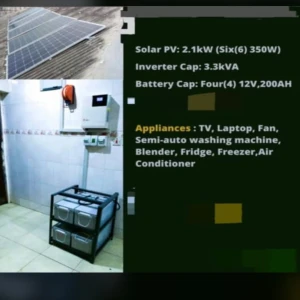 SOLAR SOLUTIONS
SOLAR SOLUTIONS